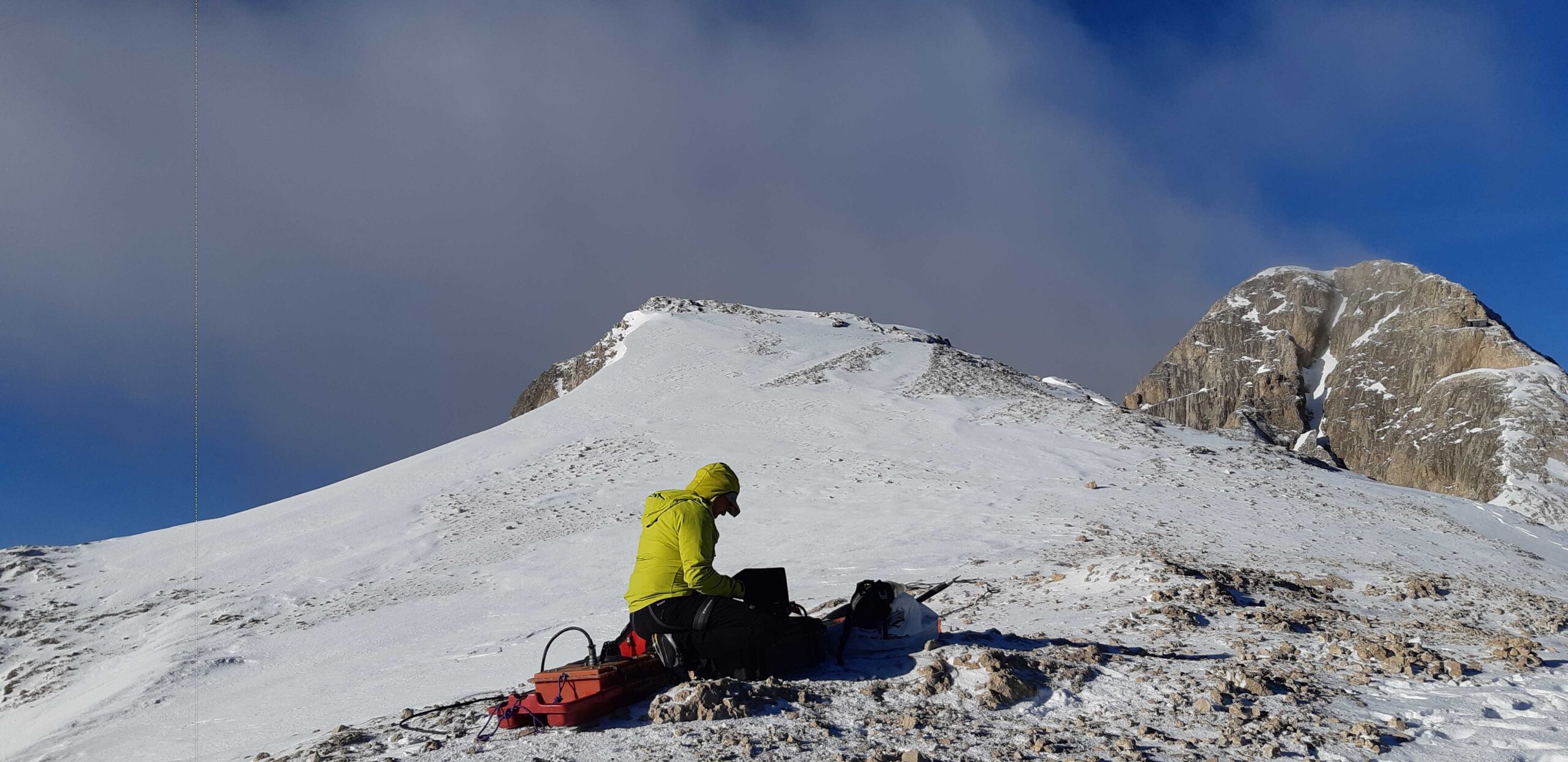Climate change is among the causes of the Marmolada serach collapse,
as reported by a new study conducted at the University of Padua

The dramatic images of 3 July 2022 are still vivid in all our minds, when the serach
detached from the summit canopy near Punta Rocca, on the left summit of the Marmolada. The event attracted the interest of scholars and researchers from all over the world due to the exceptional nature of the natural phenomenon that occurred, the first of its kind to occur in the context of the Marmolada group, the highest massif in the Dolomites.
A first study was published a few months later, edited by a group of international
researchers coordinated by Aldino Bondesan, associate professor at theDepartment of Geosciences, University of Padua, also including the University of Parma and the National Institute of Oceanography and Geophysics of Trieste – OGS. The study explains what happened, analysing the causes of the phenomenon and linking it to the growing problem of global warming.
The analysis of images taken before and after the event allowed to reconstruct how some 64,000 tonnes of water, ice and rocky debris detached from the top of the northern slope of the glacier at an altitude of 3213 m asl, generating an avalanche that continued for 2.3 km downhill with a seismic magnitude to match an earthquake of magnitude 0.6.
As the study shows, the phenomenon can be explained by the subsidence of a median crevasse that has widened over the last ten years, filled with meltwater generated by the abnormally high temperatures of the weeks preceding the collapse, and which on that day were as high as 10.7°C. The conformation of the rock surface and the presence of numerous crevasses meant that water, having penetrated into one of them, would have caused enough pressure to lift the layer of ice above it, causing it to float and detach.
Since the late 19th century, the glacier has been under close scrutiny by researchers and scholars, who are assessing its increasing shrinkage, which has been alarmingly recorded especially during the 2000s. The phenomenon is so tangible that what happened less than a year ago is a real wake-up call on the short-range effects of global warming that primarily impacts delicate ecosystems such as glaciers, which thus assume the role of natural thermometers of climate change. Studying and assessing the magnitude of these events is, therefore, crucial not only to understand what is happening to our planet, but also to attempt to make predictions about future scenarios that increasingly have direct
consequences on the daily lives of us all.
The study, published in the journal “Geomorphology”, can be accessed at link.
